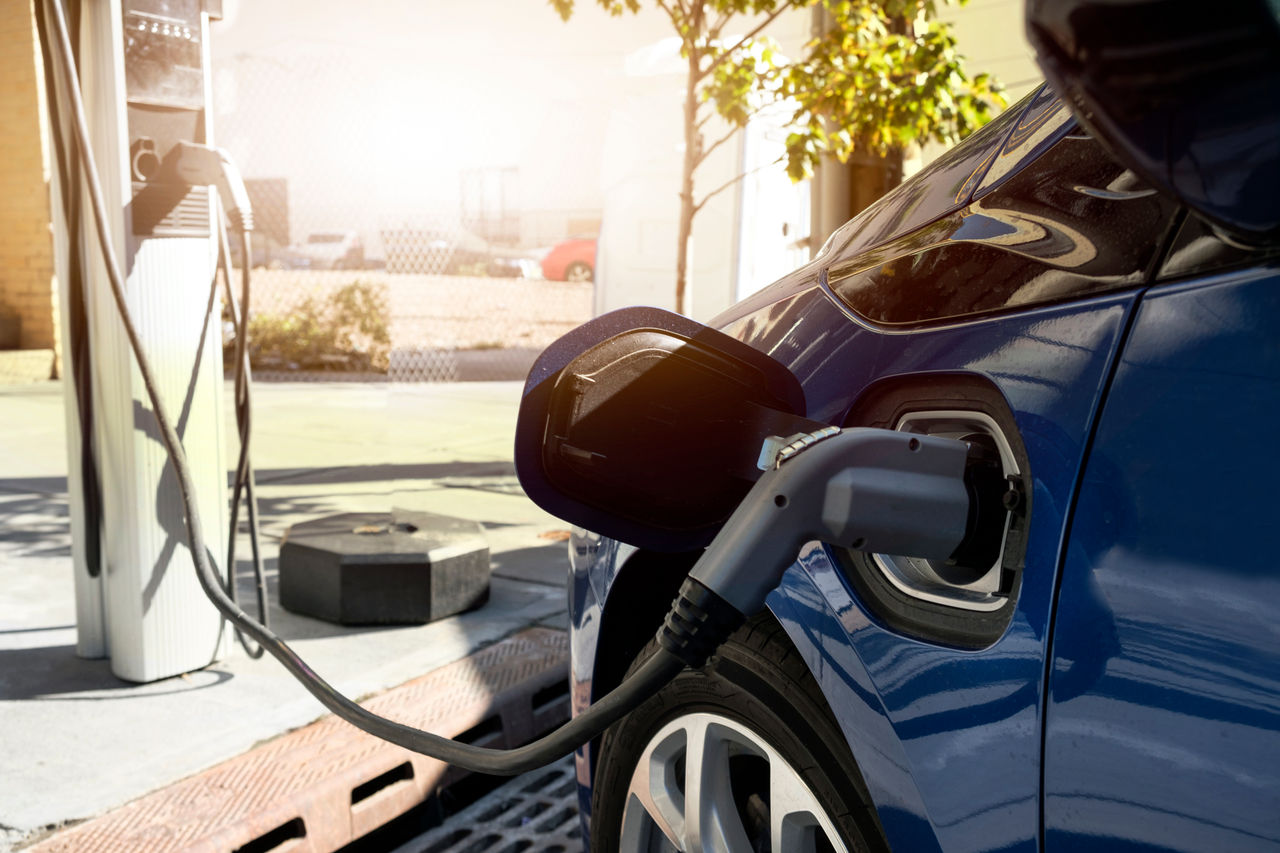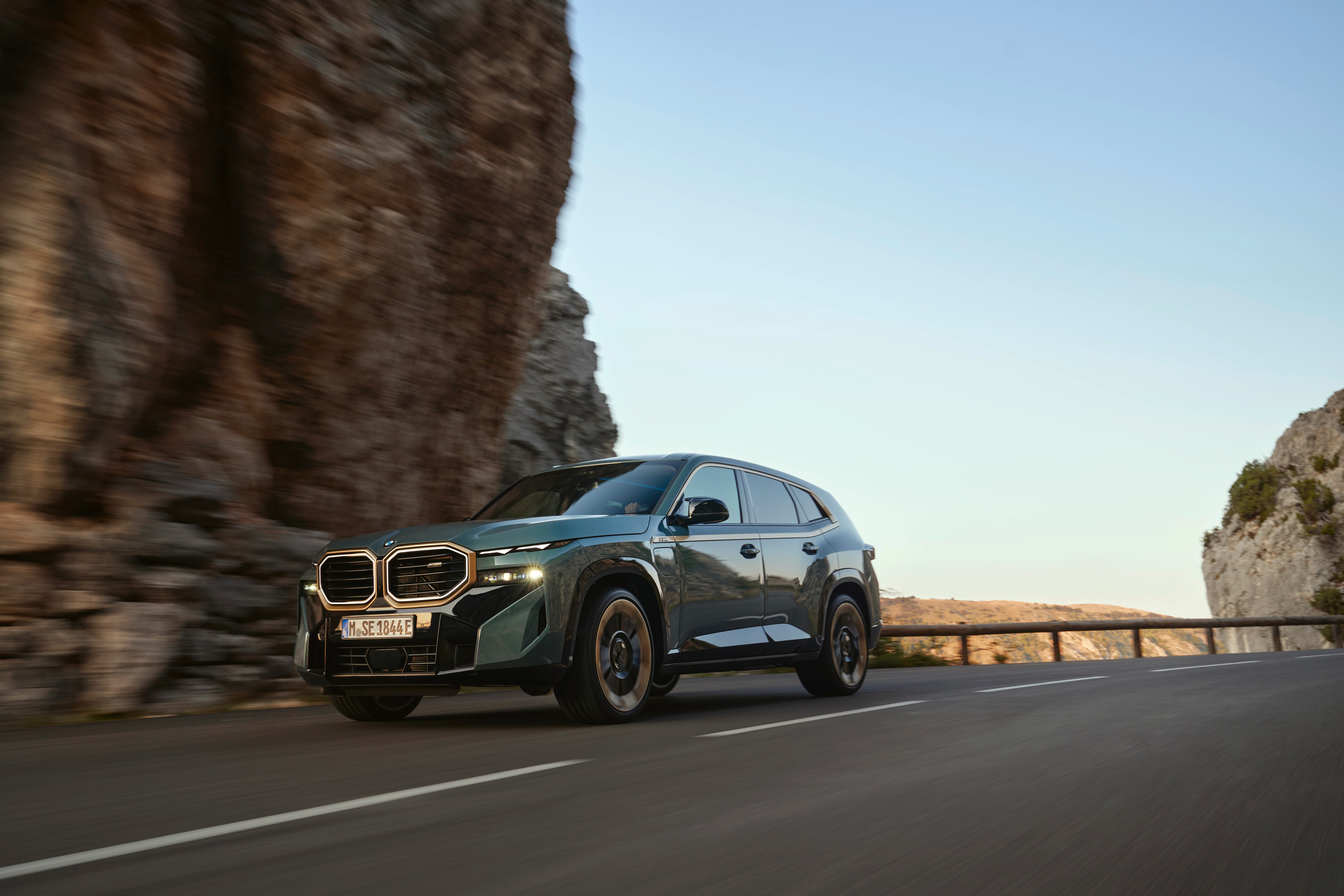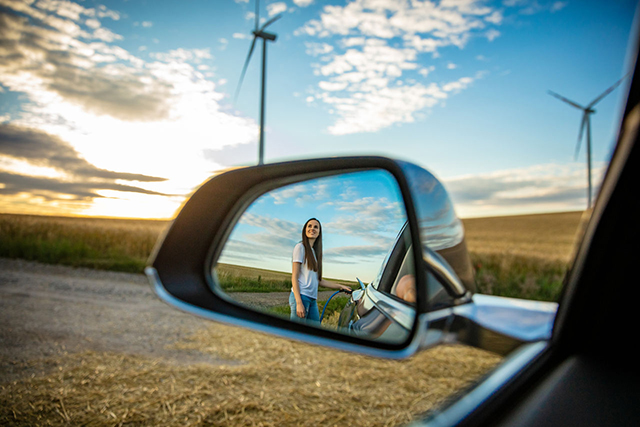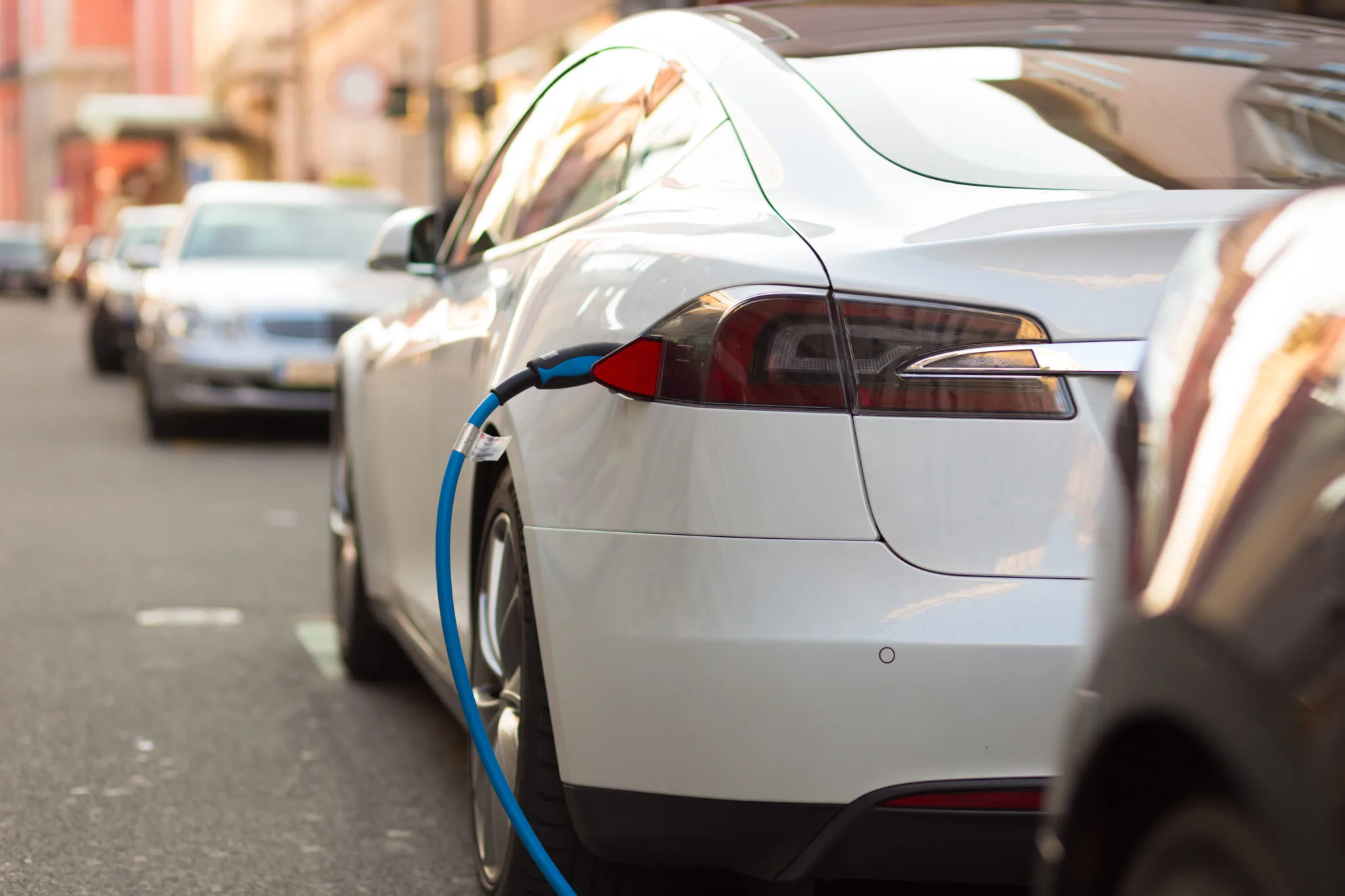
The first time driving an electric vehicle might be surprising and overwhelming, but AAA is here to help. We have an easy way to remember what you need to know when driving an EV for the first time. Knowing how to manage your CARBs when it comes to the EV you are driving will help you avoid a “sugar” overload on the new technology but will also keep you craving more.
AAA First Time EV Driver Point of View (POV)
AAA conducted a focus group to better understand the experiences of first-time EV drivers. Respondents reported driving experience from 13 to 45 years, with an average of 32.2 years behind the wheel. AAA researchers rented two popular EV models.
Study participants identified four things – charge, acceleration, ride and braking (CARBs) – that you have to consider before and while driving an EV.
Charge
EVs rely on batteries to power their electric motors and propel the wheels into motion. The battery’s charge is essential for the vehicle’s operation, and maintaining a full charge is crucial. To charge an EV, it must be connected to a charging station, which provides the necessary power source. Once connected, the EV’s charging port and onboard charger work together to convert the external power into battery charge.
Electric vehicles have the capability to charge at varying power output levels, which will affect both where you can charge the vehicle (at home or in public areas) and how long it will take to fully charge. When using a home charger, Level 1 or Level 2 charging equipment is typically utilized.
Charging Levels
Charge using 120 volts from a standard household outlet and the 120V charging cord that comes with the vehicle.
Charge using 240 volts, like your electric oven, for faster charging.
You can find DC fast chargers at public charging stations for a quicker charge time compared to Level 1 and 2 stations. These chargers are perfect if you need a boost of power in a shorter amount of time.
1st Time EV POV
Q: What was your experience charging the EV?
A:
AT HOME
“Piece of cake. It took a moment to push the release button to disengage the charging chord.”
“No way to charge at home, but I did locate an office building nearby that offered public charging.”
“The only challenge at home was the limited amount of charge garnered after having it plugged in overnight.”
IN PUBLIC
“Charged twice at a Tesla Super Charging station. Very easy to use as long as you can combine the charge with a stop for food or light shopping. If I were to own a Tesla, I would have to install a charger at home.”
“Public charging is fine, but you need to have the time! I didn’t realize there was an adaptor in the trunk for charging. Looked around and figured it out. Also was not aware of where the charging port was or how to gain access to it. Figured that out too.”
“Traumatized to try for the first time. Found only 2 units with 4 types of chargers, no instructions anywhere for a newbie and the screens were very difficult to see, approx. 1hr 15 min. later to charge up 8% more from 50% to 58%.”
⚡ AAA Tips 🔌
AT HOME
Locate the charging cable for charging and know how to charge the vehicle (how to open the charging connection door, where to release the charging cable when finished charging).
To help alleviate range anxiety, plan to use only 60-70% of the driving range before charging.
Sustained highway driving or extreme temperatures will erode the driving range quickly.
Make a habit of recharging the vehicle before it gets below the 20% state of charge.
IN PUBLIC
Develop a recharge routine and plan for the necessary access to charging networks before attempting any trip (this sometimes includes joining a charging network and registering a credit card).
If you plan to use public DC Fast charging, know what type of charger works with the car you are driving.
Use AAA’s TripTik Travel Planner to map out an upcoming road trip and identify EV charging stations along the way. Use the AAA Find a Charger tool to find the nearest charging station wherever you are in the country!
Acceleration
EVs are generally faster than their gas-powered counterparts. In vehicles, torque is the rotational force created by an engine or motor that turns the wheels to make it move down the road. EVs need less time for energy to make it to the wheels compared to gasoline cars, which need time for fuel and air to burn and expand in the engine.
1st Time EV POV
Q: How was the acceleration of the EV?
A:
“I felt way more torque compared to a gas-powered vehicle, a positive feature of powerful pickup and agility. I was comfortable behind the wheel; the acceleration was impressive!”
“Smooth and fast acceleration. However, it did seem like I had to push the accelerator harder to get it to ‘go’.”
“No engine sound, which caused confusion to know if the vehicle was ready to be driven. No movement at all when the brake is released, which was a different driving style than what I was used to.”
⚡ AAA Tips 🔌
Acceleration can launch the vehicle quickly and at a fast distance and speed – increasing the possibility of a crash.
Use a smooth accelerator pressure to help drive at a moderate speed and to maintain a safe distance behind other vehicles.
Keep an eye on the speedometer until you adjust to what it feels like to drive an EV. Most EVs are developed and marketed as performance cars, SUVs, and trucks. The ability for rapid acceleration from a stand-still or at highway speed is exhilarating – but can be dangerous if either unexpected by a novice EV driver, or if used irresponsibly.
Ride
EVs don’t emit any engine or exhaust noise, which makes them much quieter than their gas counterparts. A slight sound from their tires and mild wind noise make these EVs quiet to drive. Handling of the vehicle can be appreciated more because of the low center of gravity, making the EV easier to turn at reasonable speeds. Inside the EV, the vehicle user interface dashboard incorporates modern technology and influences how users interact with EVs.
1st Time EV POV
Q: How was your experience with the drive/ride of the EV?
A:
“Driving the vehicle was smooth and comfortable. I quickly learned how to sync my phone for music via Bluetooth and was able to adjust the AC settings.”
“Learning the software to the various information was overwhelming initially, leading me to the Hertz EV Blog, which was much more helpful. Definitely had to watch a video.”
“Learning to use the features on the touchpad was confusing. Climate control and radio, for example. Scrolling through the different screens took a bit of time. Not as straightforward as I am used to.”
⚡ AAA Tips 🔌
Give yourself the gift of time! Get familiar with all driver controls. Making mental logs of how to use the lights, wipers, stereo, heat, and air conditioning by understanding the use of and where the touchscreen interface is located is a must before starting to drive.
Brake
In a gas-powered vehicle, the brake pads create friction to slow the wheels’ movement. The friction turns some of the kinetic energy of wheel rotation into heat and slows the vehicle.
In an EV, instead of coasting, the system automatically uses the electric drivetrain and (depending on settings) can cause the car to slow down without the brake pedal engaged. This is called Regenerative Braking. The EV captures the energy released during the braking process and uses it to recharge its battery. This makes EVs more efficient and helps to extend their overall range. A “jarring” feeling often kicks in the moment the driver takes their foot off the acceleration pedal.
1st Time EV POV
Q: In what ways was the EV different than driving other vehicles?
A:
“Regenerative braking started as a distraction but over time became an enjoyable driving feature.”
“It was a bit awkward getting used to controls especially braking at first but operated the same as any vehicle.”
“The braking was off-putting. When coming to a stop, I’m used to taking my foot off the accelerator to coast to light, but the EV instead actively brakes.”
⚡ AAA Tips 🔌
Most EVs allow the adjustment to the sensitivity of regenerative braking. Setting this to a minimum for the first driver will help avoid the harsh sensation.
Turning the setting up to increase levels of regenerative braking will save more energy that ultimately increases the EVs driving range.
Rent an EV Before You Buy
Still trying to decide about purchasing an EV? No problem. Our partners at Hertz offer the largest variety of EV fleets in North America, basic how-to videos on different EV models, and educational articles on all things EV. Plus, AAA Members get exclusive discounts and benefits, making the EV adventure affordable and fun!
*The information presented and the use of the acronym CARB is not intended to suggest an affiliation with or endorsement of the information presented by the California Air Resources Board.
AAA’s Recommendation: Whether you own an electric vehicle or a gas-powered car is up to you – and you should consider lots of factors in making that choice. No matter what type of vehicle you’re choosing, we recommend visiting a dealership, test driving one, and asking as many questions as possible to make an informed decision.










